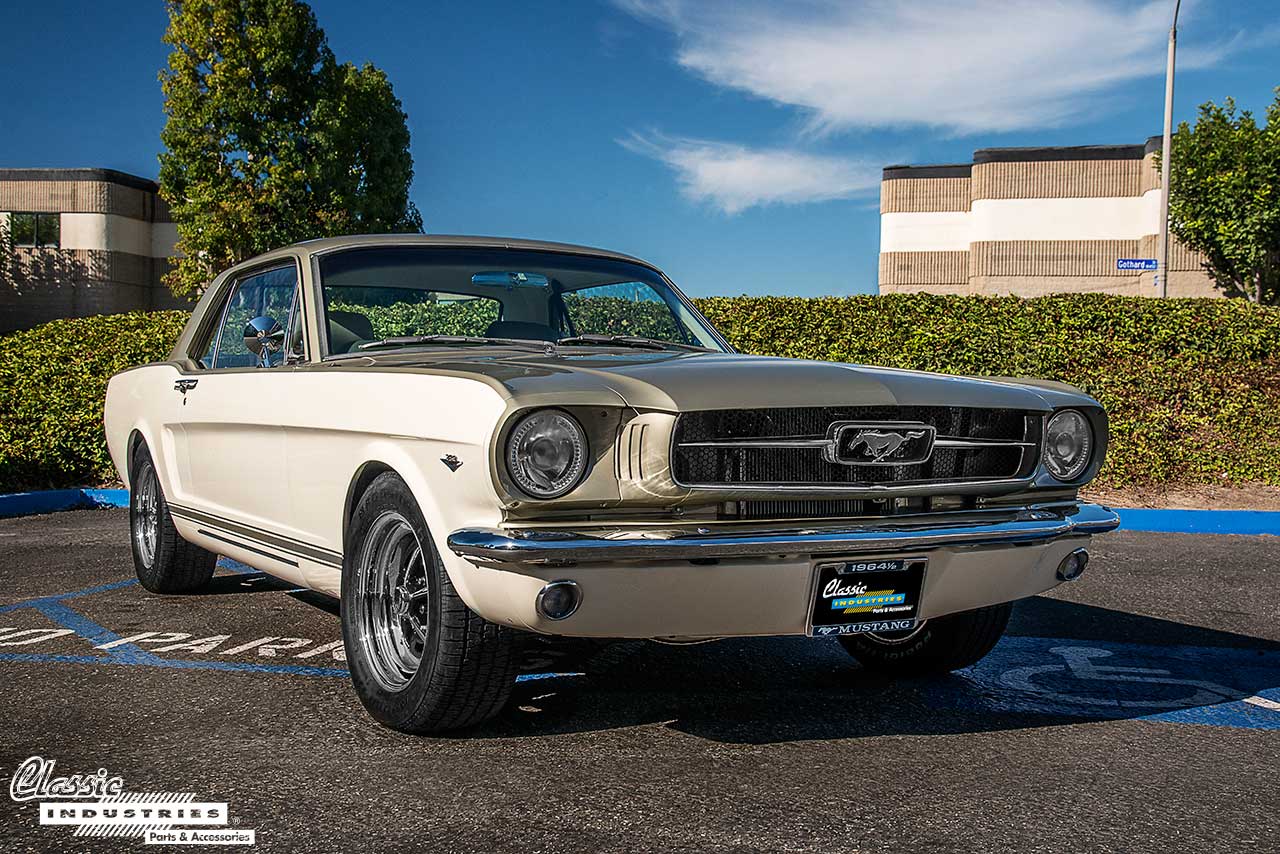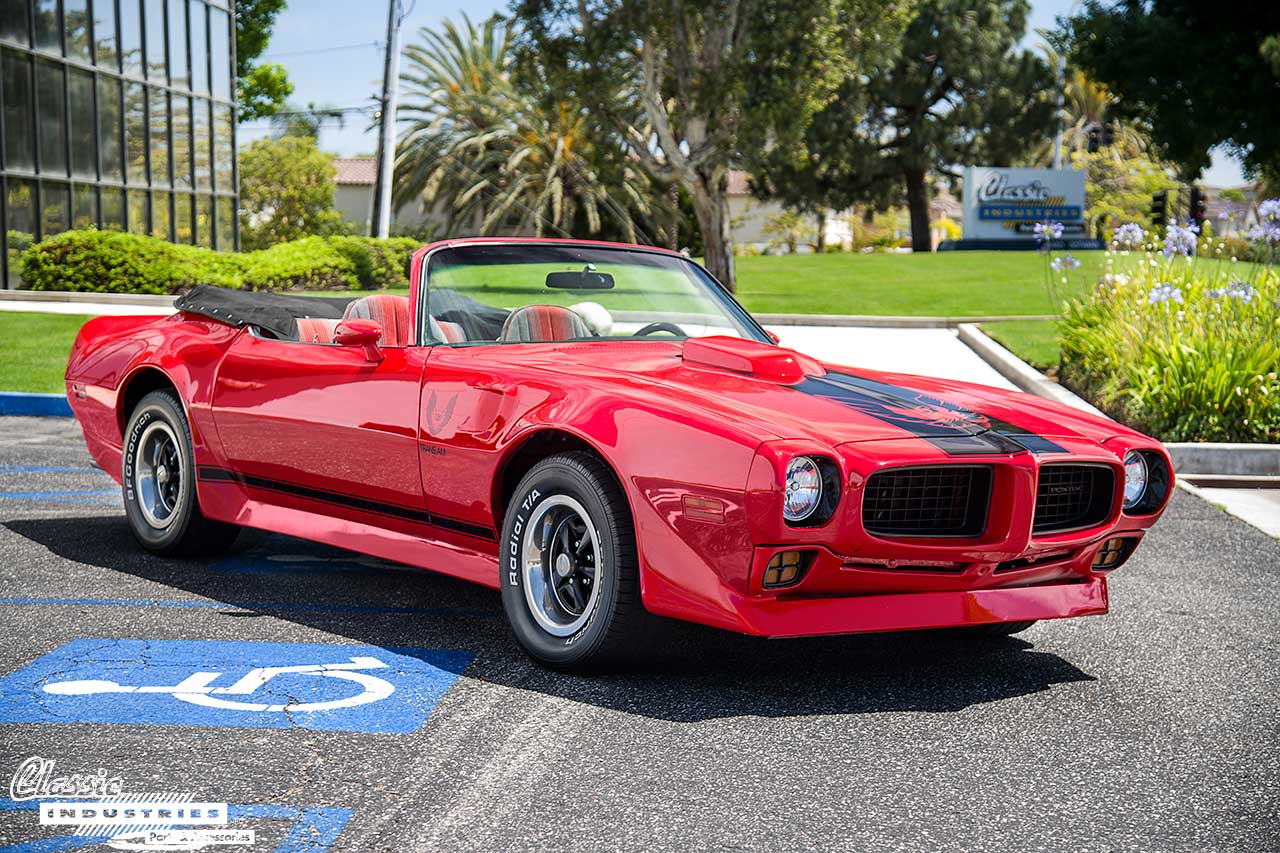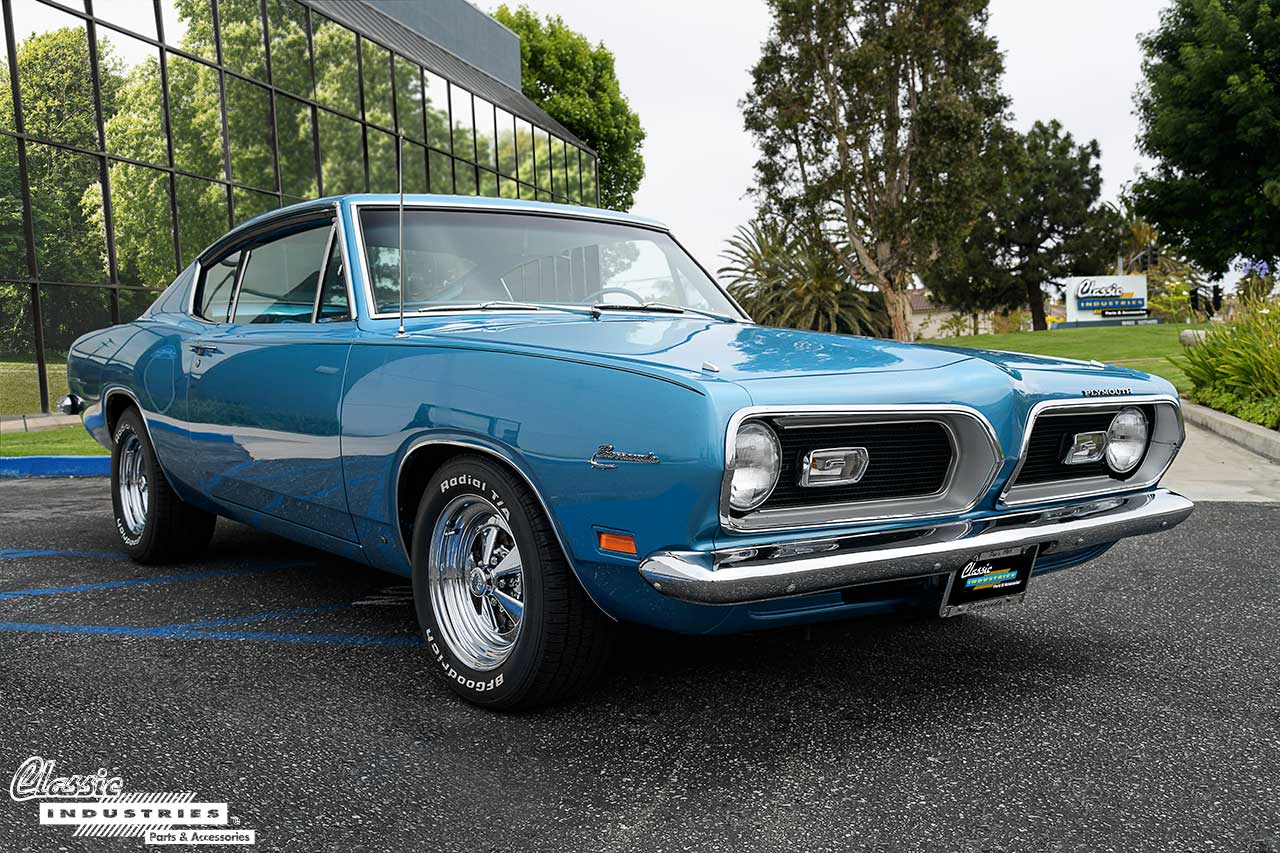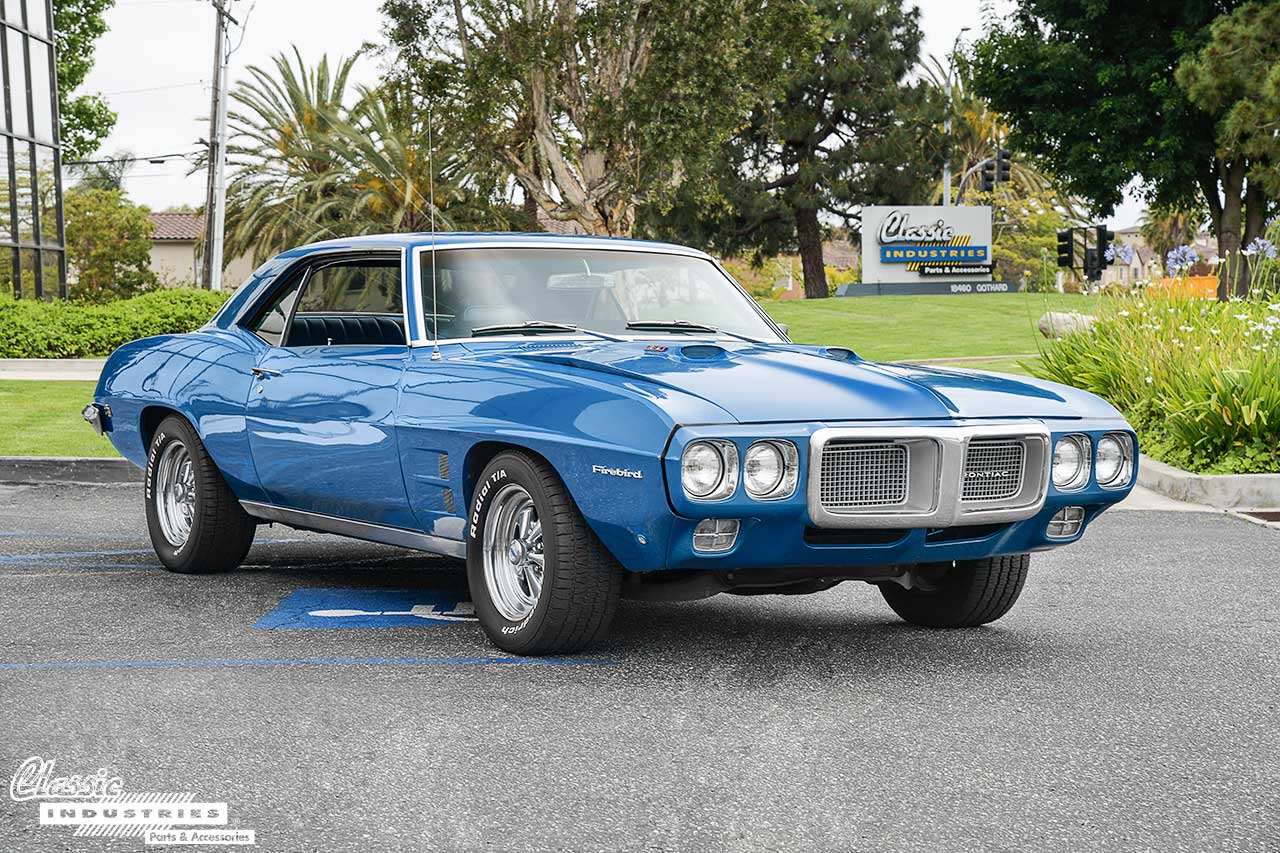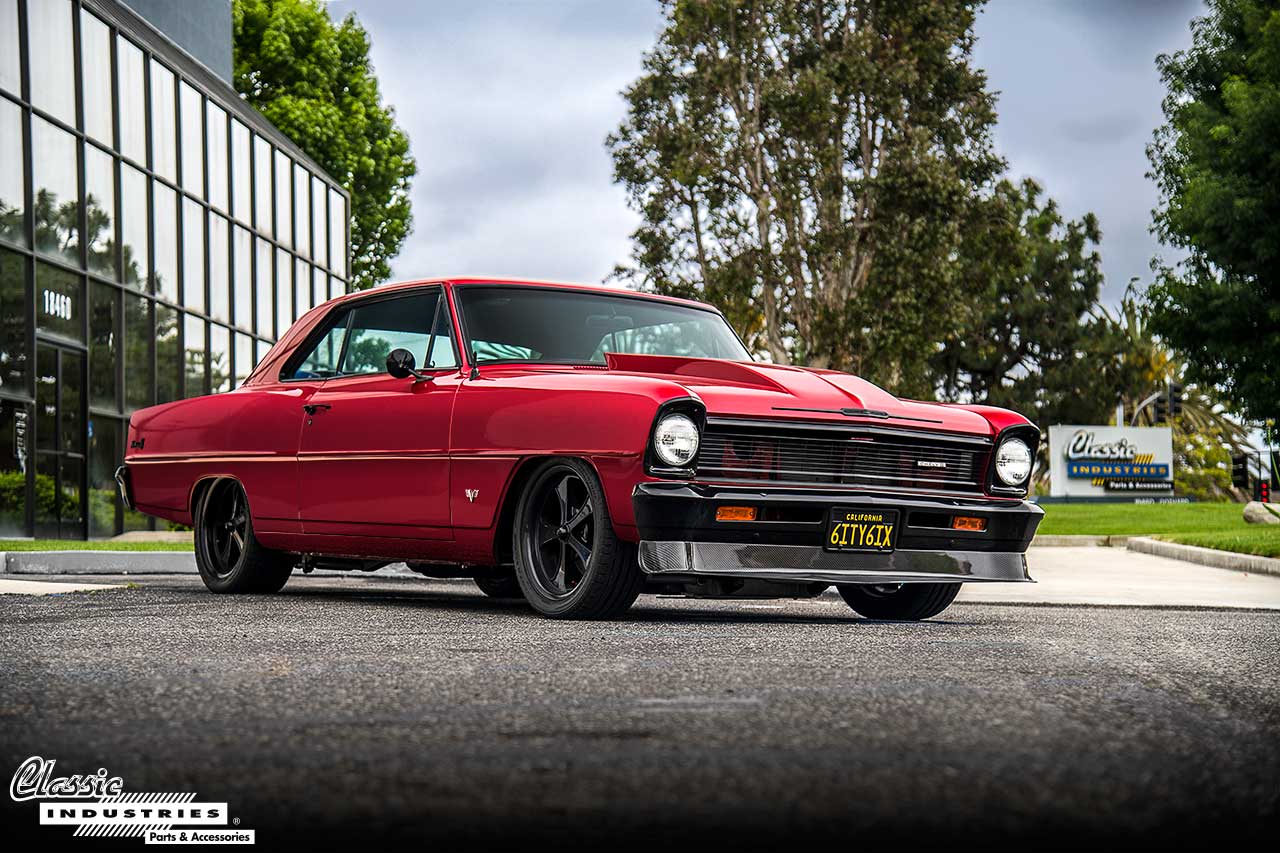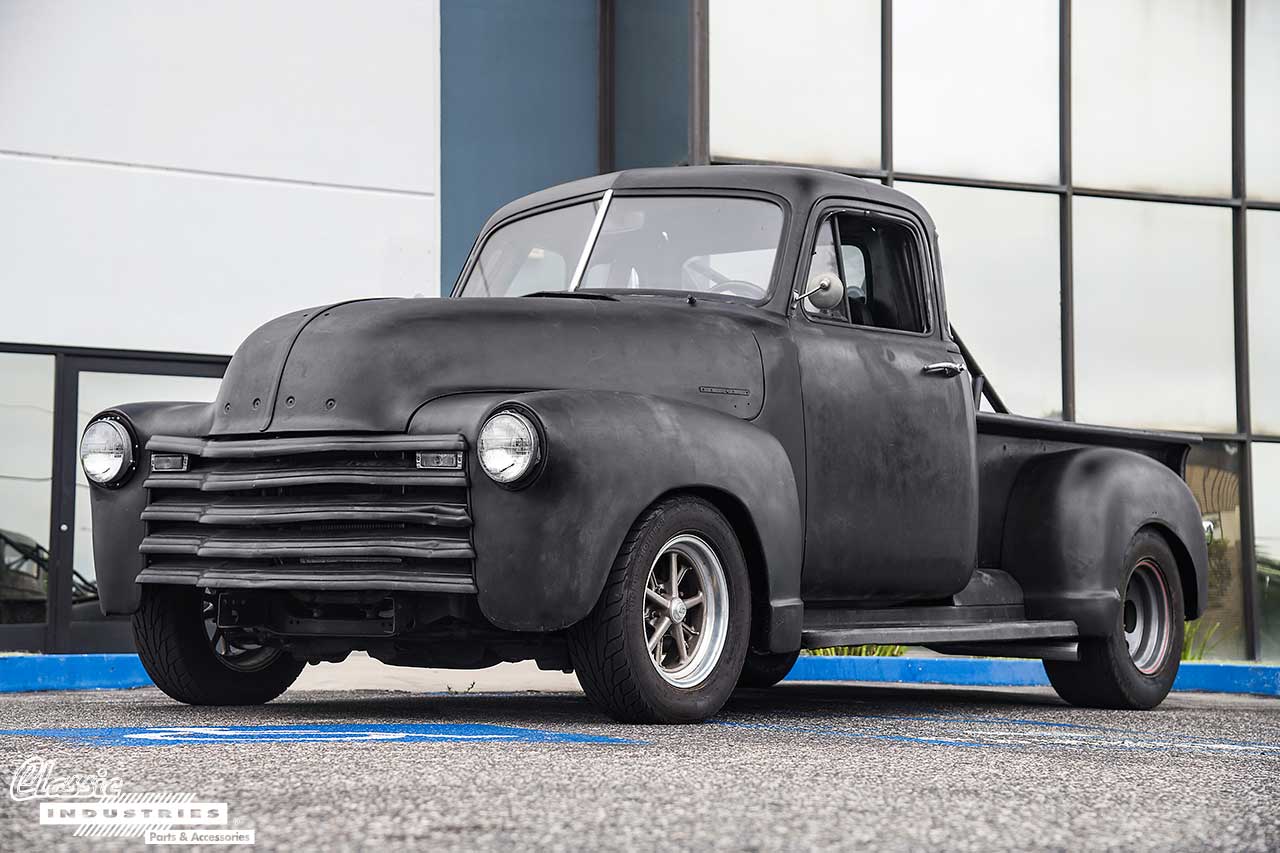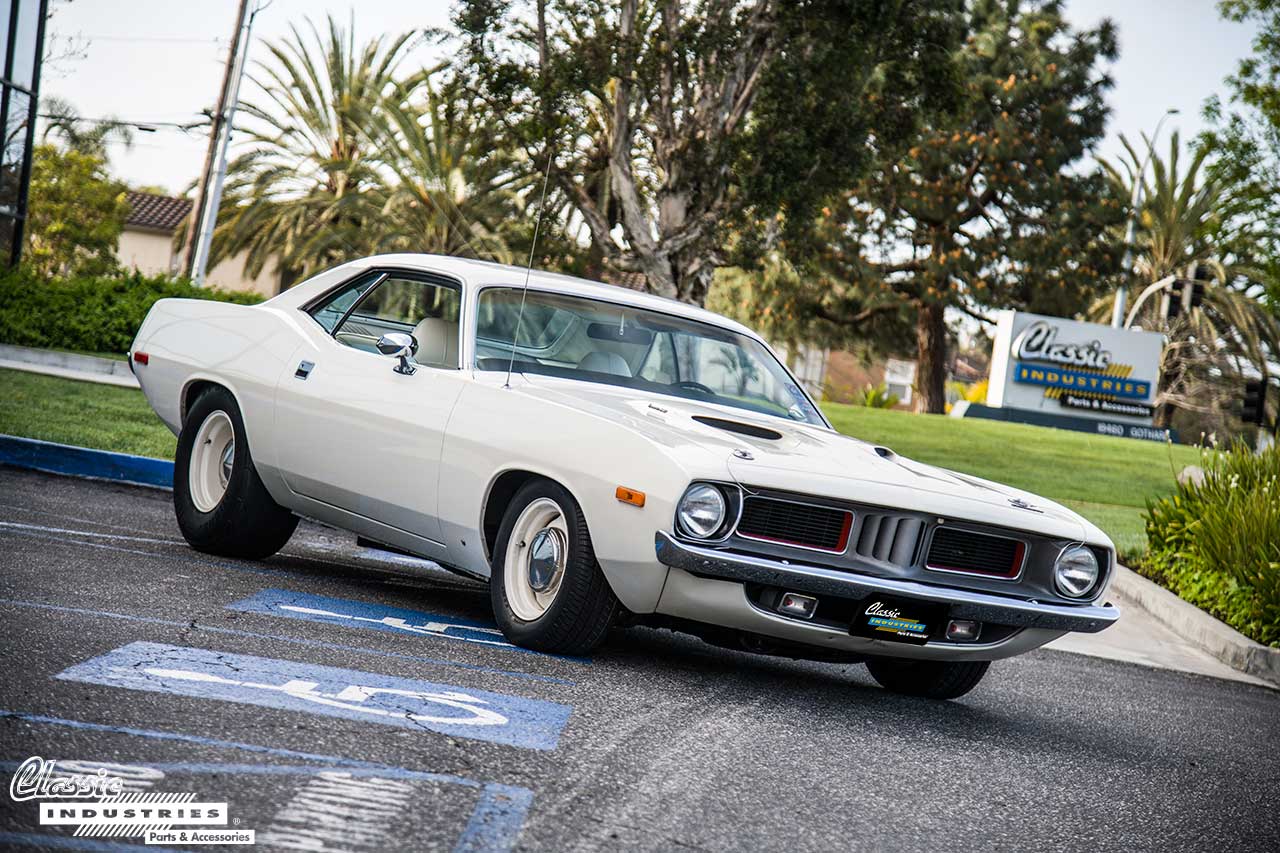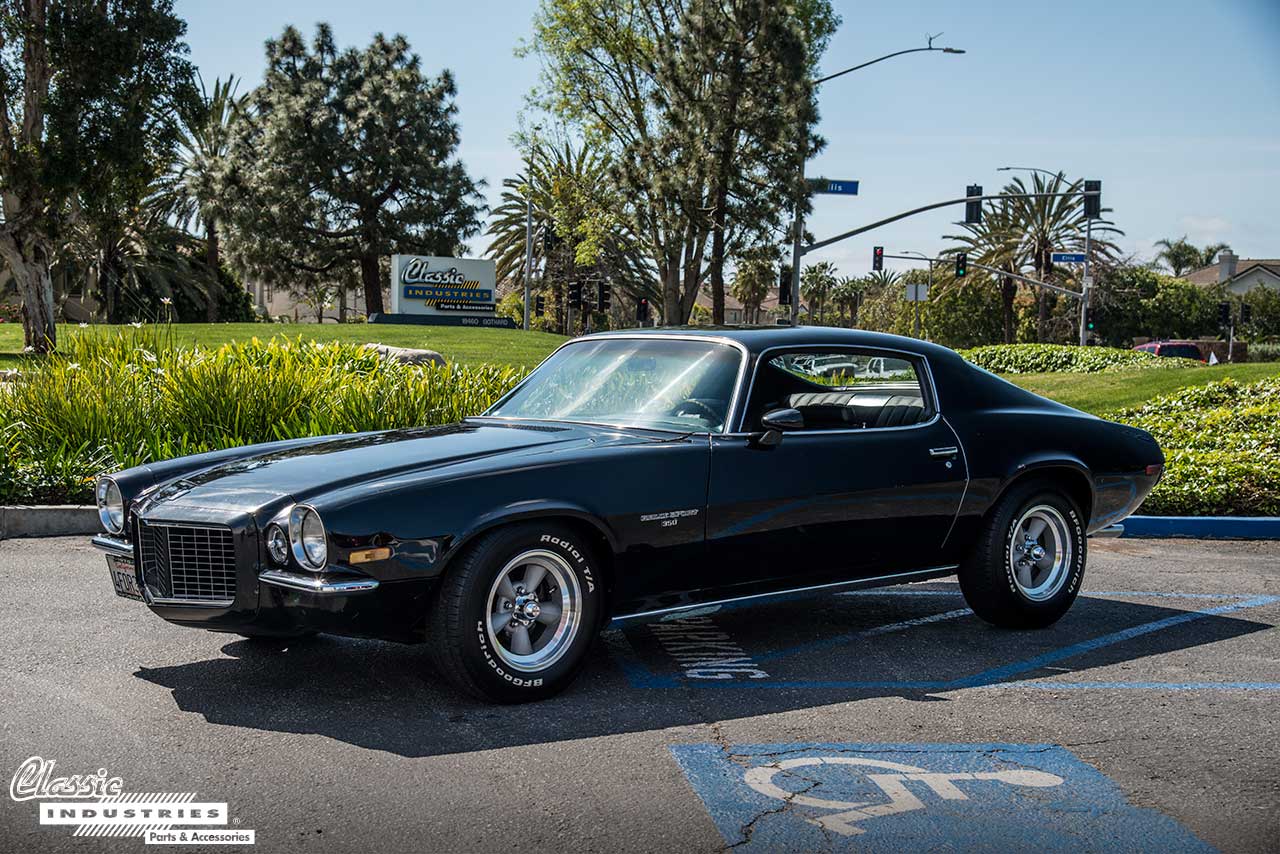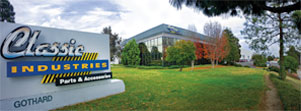When Greg Raf pulled into our Retail Showroom parking lot in this clean 1965 Mustang, we knew we had to get a closer look. Greg, who was passing through Huntington Beach during a road trip from his hometown of San Jose, California, told us that this car has been part of his family since 1983. Unsurprisingly, he's not planning to let go of it. He has put a substantial amount of work into restoring and modifying this classic Ford.



